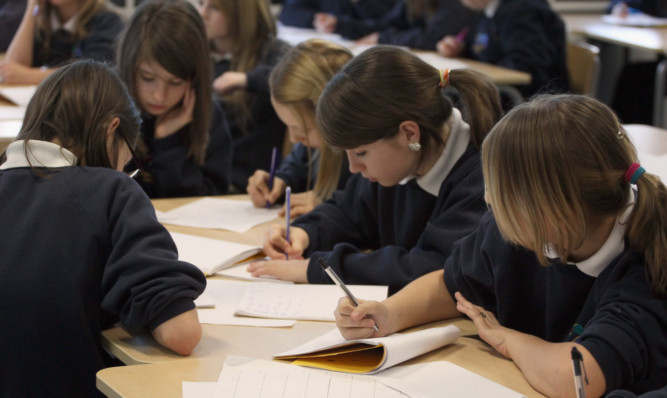What does it take to run a successful business?
A great idea, the drive and determination to see if through, more than a sprinkling of luck, and the ability to steer through the minefields of business planning and access to growth finance.
But even if you do all these things right, place the wrong people in your organisation and all your good work can instantly be undone.
Take the hospitality trade. Hotels, restaurants and even the local boozer spend years building their reputation.
But that can be destroyed in seconds by a customer with access to a social media account who has been left less than impressed by a monosyllabic barman or a waiter who just doesn’t care what the soup of the day is.
Any business can have an off day, but by recruiting well and providing ongoing training the risk is minimised.
But I don’t think that approach goes nearly far enough. We shouldn’t be trying to install the basics in people who are already in the world of work. That process of preparing our young people for the world of work has to start in the classroom and quite possibly a primary classroom at that.
While teachers have the key role to play here, businesses must also take an active interest in developing the future workforce.
Weir Group CEO Keith Cochrane recently said major corporations had a moral obligation to do their bit in bringing talented youngsters through.
That is absolutely right, but it will only ever be part of the solution.
We also need SMEs to engage just as willingly by offering relevant work experience placements to young people and by giving up valuable time to work in a structured way with schools to set children on their business journey.
And, crucially, government has to allow engagement between the business and education to happen freely instead of being tied up in bureaucratic knots.
The Scottish Government has a decent track record on this, but it cannot take its eye off the ball.
Our young people’s prospects and the future of the Scottish economy depend on getting this right.
